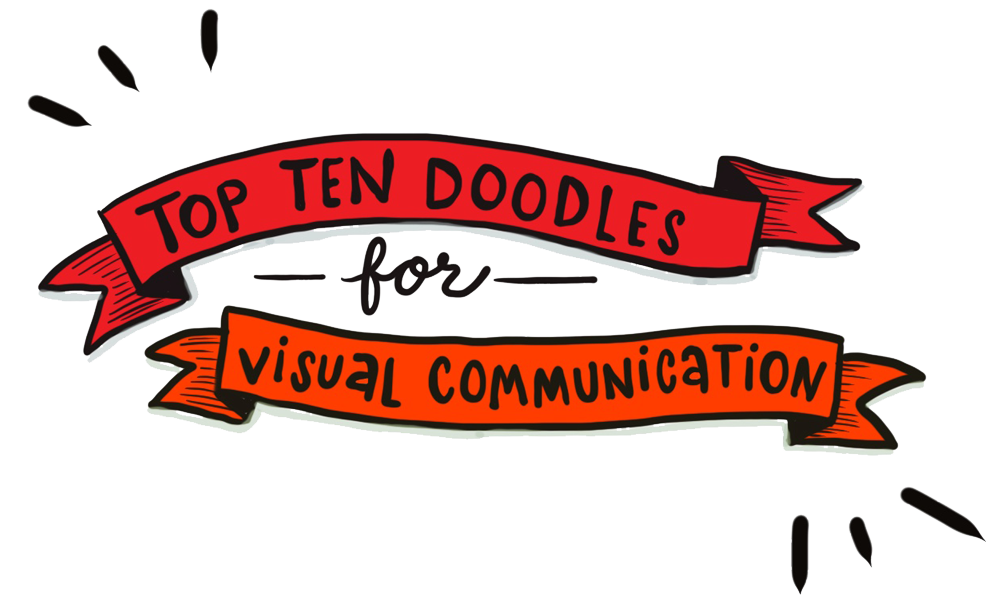Expanding Your Consultancy
I’m a member of a creative design business-focused discussion group, where every other week I join a moderated phone call with other ’solopreneur’ design firm owners. Together, under the tutelage of Ilise Benun of Marketing Mentor, we work on our business challenges.
On a recent call we had the pleasure of welcoming super-polished and inspiring guest Heathere Evans-Keenan of Keenan PR, which provides integrated marketing/media relations services. We invited Heathere to join us to discuss the notion of running a virtual agency, whereby teams of high-level talent are custom-assembled for each client and project, teams that may be geographically remote from the team leader, the client, and each other – and how to unabashedly and eloquently introduce and explain the clear benefits of this concept to our clients, prospects, and referral partners.
The topic originally arose because all of us in the MM group recognize the need to grow our agencies beyond ourselves, but do not want – for a myriad of reasons – to run a traditional brick-and-mortar agency with employees, workstations, and all that this entails. What is the next step once we have too much work to do ourselves? Heathere coached us to:
1. Identify our services range and where we want to grow. Beyond graphic design, this can include social media, web & software development, brand strategy, full-service marketing, public & media relations, and more.
2. Identify our preferred partners/subcontractors within that list of new offerings.
How do we find good people? She suggests we strive to keep our network alive – these are people we know or once knew, and people we meet. Surround ourselves with those we know and trust. Keep tabs on good people we knew from the past. For instance, I just recently became re-connected with a woman I worked with years ago on a website project, an excellent new media consultant. This took place through LinkedIn, when she saw and responded to a tweet I posted on Twitter – since my tweets get funneled to LI as ‘updates’. Social media makes this easier than ever before.
But what if we need a person in a field of expertise we are not that familiar with? This is riskier. Heathere advises we reach out to local and national networking/membership groups, like the PR Society of America, the PR equivalent of our professional organization, American Institute of Graphic Arts. Top contributors in any field are members of these kinds of professional groups. A lot of the effort is just talking with people – but we’ll find that word gets around.
3. Position our firms.
Define ourselves. Proudly and unapologetically use the term “virtual firm” (or as they say at thebauhub.com, a variation on the creative agency model, “Your global collective of senior creative minds”). The benefits are manifold:
• Senior level talent. Each person has at least 10 years experience.
• Flexibility. To organize a top level team and do it quickly; and to change the team from project to project.
• Personalized service. One of my clients told me recently that the large branding firm they’ve been working with for several years sent their top execs to the first few meetings, but after that, meetings and phone calls were run by staff members who did not seem to be familiar with the client or the project. With the virtual agency model, there is no bait & switch from a senior team member to a junior-level person once the project is awarded. The team on the original call is the team you work with for the duration.
• Value. Virtual agency rates are more reasonable and competitive as compared to medium and big and firms.
Some clients will always be more comfortable working with a firm in the conventional model of a Landor or Edelman. Let them go. A client who ‘gets’ the benefits of a virtual agency model is a client we want.
Since we’re all now thinking about how this translates into day-to-day details, Heathere shared a few tips on logistical details. At Keenan PR:
• each team member operates as part of the brand name of the firm
• they have their own phone number, but get a Keenan PR email address
• team members are 1099s subcontractors
• team members have a partner agreement, with a noncompete clause
• they utilize free or cheap online services that facilitate working within a virtual community, like dropbox.com, a free-portal for large file sharing; or efax.com, where faxes get sent to your email in-box
Her final suggestion: read The Distance Manager: A Hands On Guide to Managing Off-Site Employees and Virtual Teams
What is your experience running a traditional firm or a virtual one? Or are you on the client side, and want to share the pros and cons of working with one or the other?
